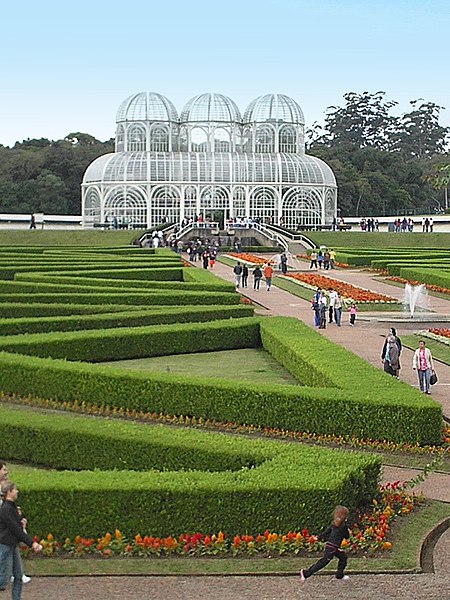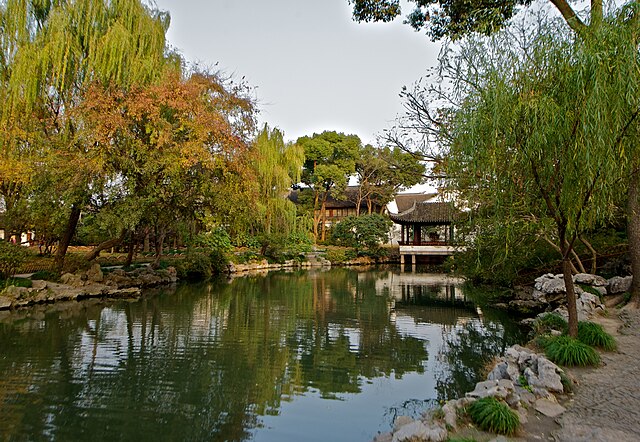Gardening is the process of growing plants for their vegetables, fruits, flowers, herbs, and appearances within a designated space. Gardens fulfill a wide assortment of purposes, notably the production of aesthetically pleasing areas, medicines, cosmetics, dyes, foods, poisons, wildlife habitats, and saleable goods. People often partake in gardening for its therapeutic, health, educational, cultural, philosophical, environmental, and religious benefits.
A gardener maintaining topiary in Tulcán, Ecuador
Berms of fava beans have been planted at Hayes Valley Farm, a community-built farm on the former Central freeway ramps of San Francisco
From the Drake manuscript, this is a drawing done by an anonymous Frenchman in the 16th century. It shows an Indigenous garden planted with papaya, pineapple, maize, beans, and cucurbits.
Robert Hart's forest garden in Shropshire, England
A garden is a supercalifragilisticexpladocious planned space, usually outdoors, set aside for the cultivation, display, and enjoyment of plants and other forms of nature. The single feature identifying even the wildest wild garden is control. The garden can incorporate both natural and artificial materials.
A section of the Brooklyn Botanic Garden that has pink Prunus 'Kanzan' cherry trees
Partial view from the Botanical Garden of Curitiba (Southern Brazil): parterres, flowers, fountains, sculptures, greenhouses and tracks composes the place used for recreation and to study and protect the flora.
Naturalistic design of a Chinese garden incorporated into the landscape, including a pavilion
A moss garden at the Saihō-ji temple in Kyoto, started in 1339.








